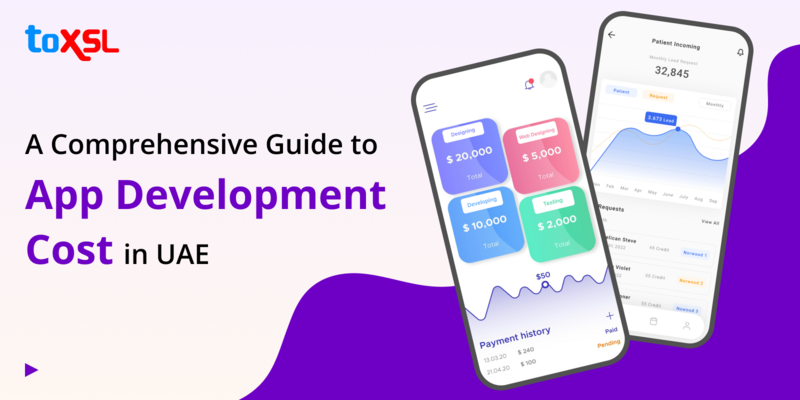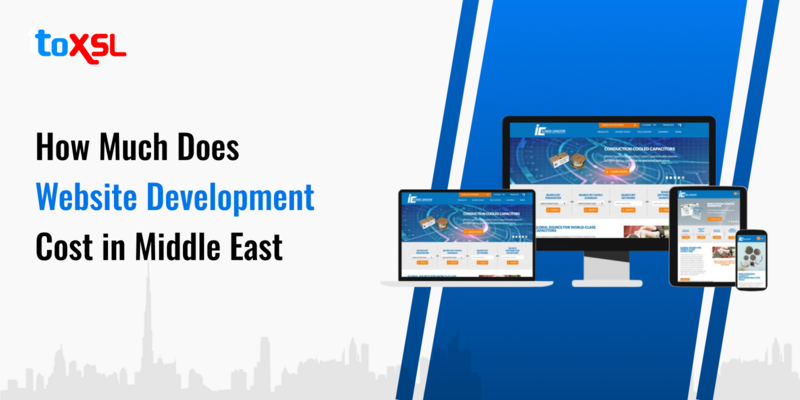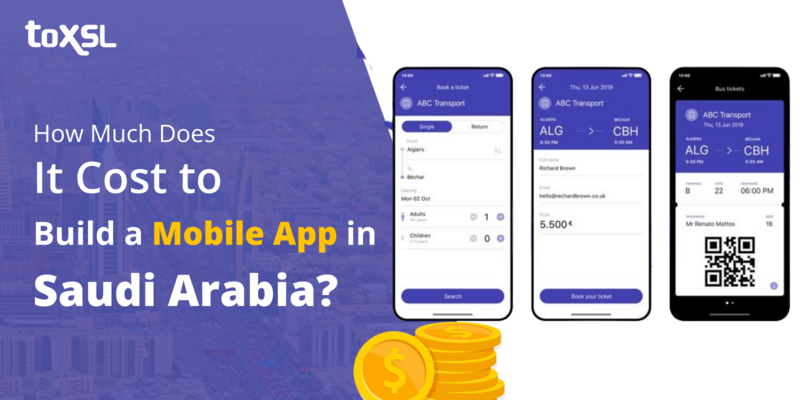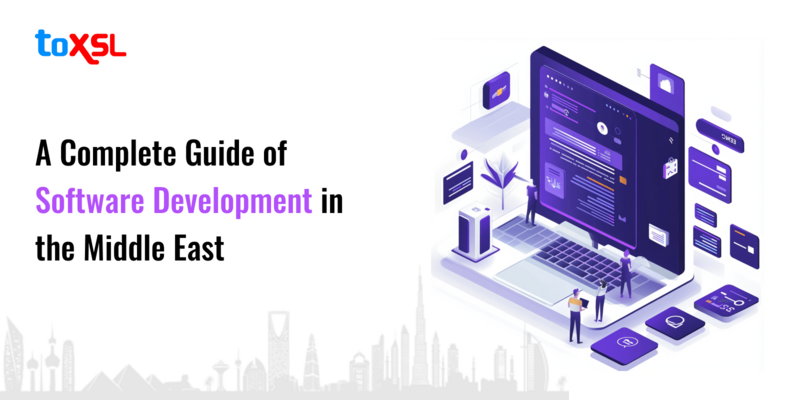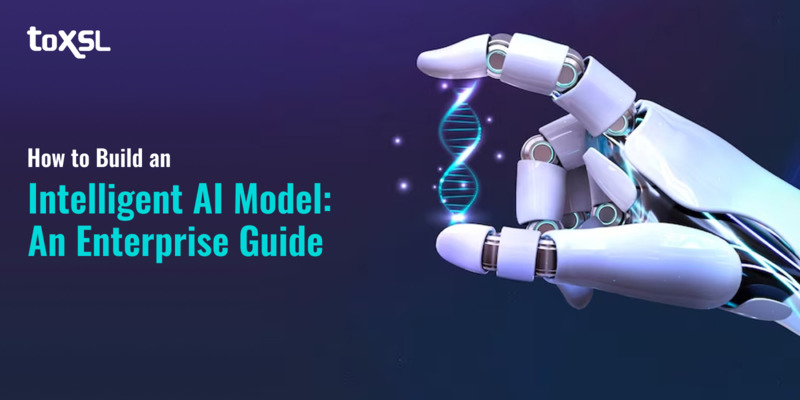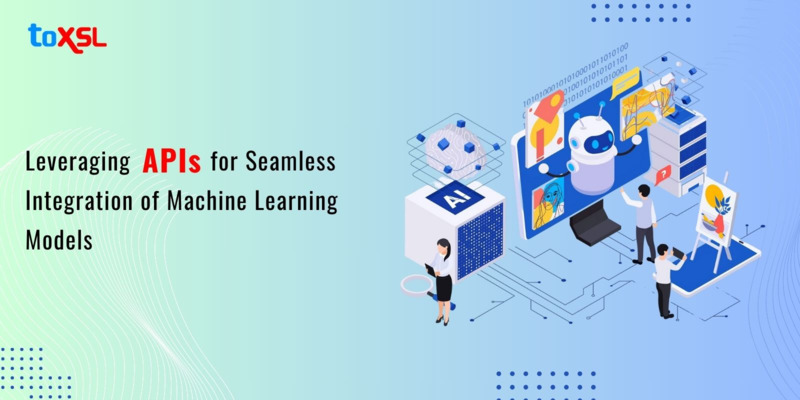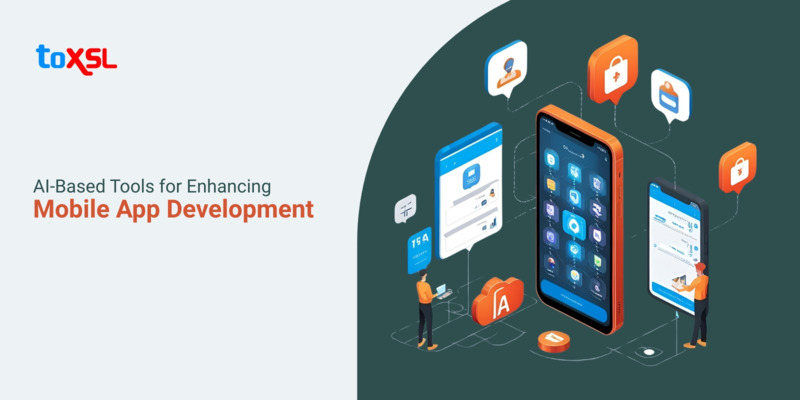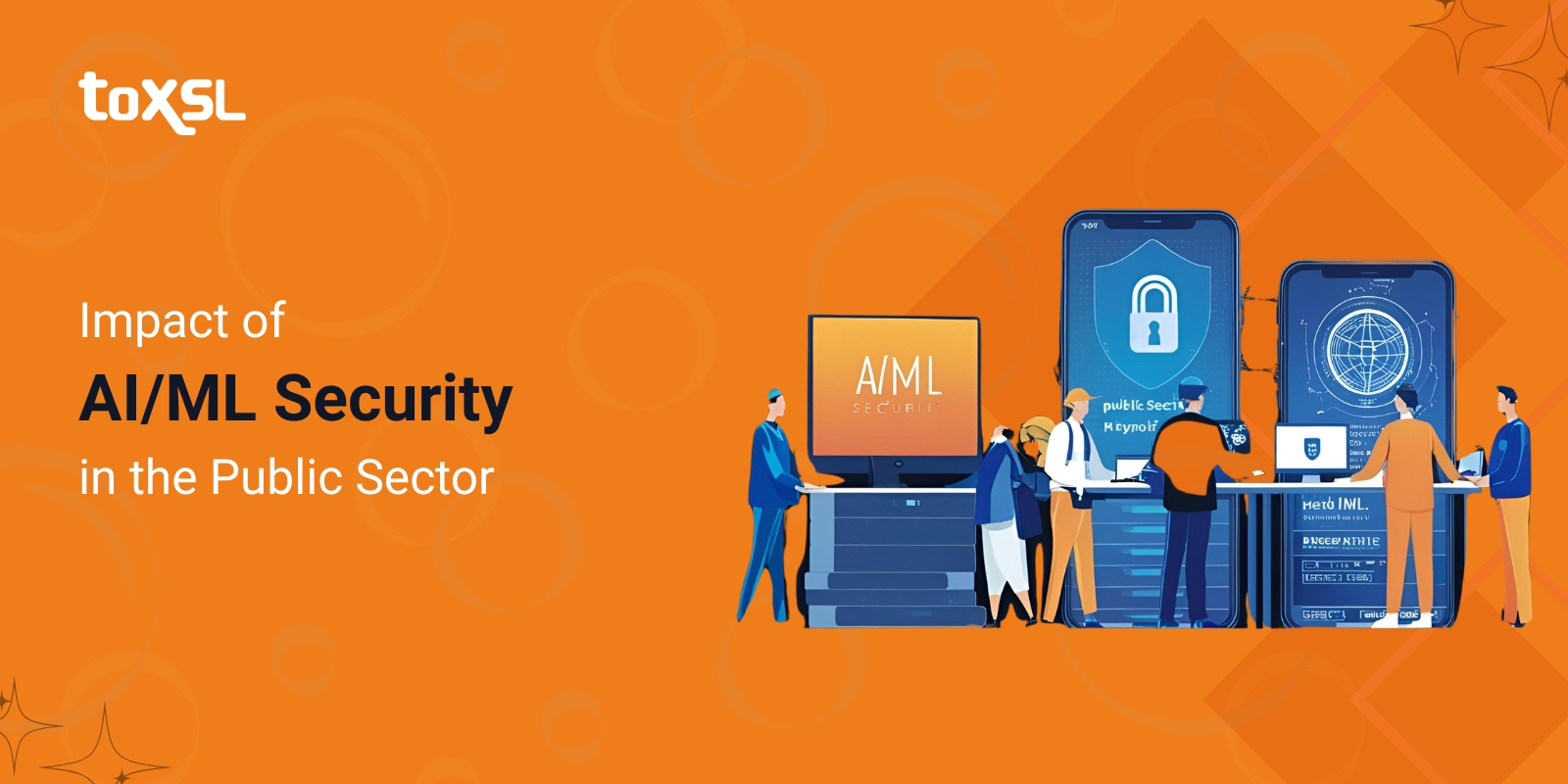
Governments in countries like the U.S., UK, and Australia are starting to understand how artificial intelligence (AI) and machine learning (ML) can improve public services.
A new report from Granicus, a company that helps governments improve how they serve people, says that AI and ML can change the way services are delivered. These technologies make it easier for people to use government services by offering simple, personalized help without having to deal with confusing paperwork or complicated processes.
Using AI in government is setting a new way of working based on innovation and trust. When done the right way, AI can make services faster and better, while also freeing up government workers to focus on more important and meaningful work.
Key Takeaways
Improved Services: AI simplifies citizen interactions and reduces bureaucracy.
Operational Efficiency: Automates routine tasks, saving time and money.
Smarter Decisions: Real-time data insights lead to better policy-making.
Public Trust: Secure, transparent systems build credibility and satisfaction.
Infrastructure Needs: Investment in advanced computing and ethical frameworks is essential.
Why AI/ML Matters in Government
AI and machine learning can read a lot of different information, like requests from people, website visits, and feedback find important ideas. This helps governments predict what services will be needed and come up with smart solutions. With AI, governments can get ready for busy times, emergencies, or changes in what people want. By understanding how people use services, AI helps governments use their resources better and create policies that work well. This builds more trust and makes people feel happier with public services.
Regulating AI Responsibly: AI has a lot of promise, but it also comes with important responsibilities. Governments need to be clear about how AI works, follow ethical rules, and keep people’s data safe. Because of these concerns, governments have been careful about using AI. Now, countries like the U.S., the UK, and Australia have made clear rules to make sure AI is used in a responsible and trustworthy way. These rules focus on shared values like protecting privacy and making sure AI is fair and honest. This helps governments use AI safely while still encouraging new ideas and innovation.
Developing Trust and Enduring Security: Trust is very important when governments use digital tools, and Granicus makes sure its AI systems are safe and reliable. Their smart chatbots give quick answers and also show where the information comes from, so people know it’s honest. At the same time, they protect personal information by keeping data private and secure. AI also helps governments work better internally. It can predict when more people will need help, so governments can plan. Plus, special dashboards give officials clear information about how services are doing and where they can improve. By combining safety, openness, and smart technology, Granicus helps governments earn people’s trust and provide better services.
Purpose-built Infrastructure for Government: AI requires strong computer systems and plenty of storage space to work properly. Many government IT leaders see AI as a priority, but some feel their current technology isn’t quite ready yet. To fix this, governments are investing in better equipment, like powerful computers with special chips called GPUs.They’re also using advanced cooling systems and flexible data centers to save energy and set up faster. This helps AI run better and more efficiently.
Governance and Ethical Framework: For AI to succeed in government, it needs good planning, clear ethical guidelines, and strong leadership. AI helps make better decisions by studying past and current data to shape policies. It can also simplify government work by taking care of routine tasks, letting employees focus on more important issues. By spotting patterns in how people interact with services, AI helps governments use resources wisely and create policies that truly help citizens. This leads to more trust and satisfaction with public services.
Privacy and Security Considerations in the AI/ML Realm
As AI and machine learning (AI/ML) get better, cyber threats are also becoming more advanced. Some hackers are even using AI/ML to carry out harmful attacks.
AI/ML systems can process and analyze data much faster than older systems. Because of this, there’s a bigger chance that personal data could be exposed or leaked. AI/ML can also use patterns in data to predict people’s behaviors and preferences-sometimes without their permission. Since AI/ML needs large amounts of data to work well, this can attract attackers who want to steal that information. If personal data is used without clear consent, it can cause serious problems. It might break privacy laws like GDPR and lead to fines, damage to the organization’s reputation, or other penalties. That’s why it’s very important to handle data carefully and protect people’s privacy when using AI/ML.
Why Embrace AI?
Using AI in government is a new and exciting way to work. It helps the government do things faster, clearly, and stay closer to the people it serves. AI doesn’t just make paperwork easier- it also makes the services people get better.This shows why AI is important for improving how governments work and making life better for everyone. Let’s explore the benefits more closely.
Operational efficiency: AI helps the government with everyday jobs, like filling out forms and looking at data automatically. This saves money and gives people more time to focus on harder tasks that need human thinking and smart decisions. Because of this, government offices can get more work done and do it faster.
Informed decision making: AI helps government offices quickly understand lots of information. This gives them the facts they need to make smart choices based on real data. Because of this, the plans and programs they create are useful and get done well, and on time.
Increased public services: AI is changing how government services work, making them quicker and smarter. For example, chatbots can give people answers right away, and AI can figure out where help is needed the most. This makes using public services easier and better for everyone.
Enhanced citizen engagement: Using AI in government makes everything more open and honest, which helps people trust their government more. When services are made to fit each person’s needs and respond quickly, it shows that the government cares about people and wants them to be happy.
Security improvements: AI helps the government watch out for problems, stop crimes before they happen, and protect against online attacks. This makes communities safer by finding dangers early and acting fast to keep people safe.
A Step-by-Step Guide to Implementing AI
Here’s a simple guide to help government teams understand and manage the challenges of implementing AI into their work:
1. Setting Clear AI Goals
Identify Problems: First, find out what problems in your agency AI can help fix. It might be speeding up paperwork or making services better for people. Knowing the main issues helps you focus your efforts.
Set Clear Targets: Decide on specific goals for using AI. For example, you might want to reduce waiting times, improve how work gets done, or make citizens happier with services.
2. Partnering with Experts for AI Guidance
Team Up with Specialists: Work together with AI companies, universities, and experts. They can share the latest AI tools and advice to help you use AI the right way.
Get Expert Advice: Bring in AI consultants who understand government work. They can help create AI solutions that fit your agency’s needs and make sure the project succeeds.
3. Funding and Resourcing AI Projects
Get the Budget: Show leaders how AI can save money or make work easier to get funding for your projects. Clear benefits help convince them to invest.
Plan Your Resources: Think about the people and technology you’ll need. This means hiring or training staff and making sure your computer systems can support AI.
4. Roadmapping for AI Implementation
Start with Small Steps: Make a plan to introduce AI gradually. Begin with small projects or certain departments to test and improve before expanding.
Prepare to Grow: Design your AI plan so it can grow and change as your agency’s needs grow. Using cloud-based AI tools can make this easier and more flexible.
Final Words
At ToXSL Technologies, we’re committed to helping governments innovate and improve through smart technology. Our Generative AI expertise allows us to create solutions that automate work and make decision-making easier. Contact us to find out how we can help you use AI to your advantage.
FAQs
Q1: Is AI safe to use in government?
Yes, when deployed with strong security and ethical oversight, AI enhances safety and trust.
Q2: What kind of government tasks can AI automate?
AI handles data entry, chatbot support, analytics, and demand forecasting.
Q3: How do governments ensure AI is fair?
They follow regulations focused on transparency, privacy, and non-discrimination.
Q4: What infrastructure is needed for AI in government?
High-performance servers, GPUs, cloud computing, and secure data storage.
Q5: How can smaller agencies get started with AI?
Begin with targeted pilot projects and collaborate with tech partners like ToXSL Technologies.

